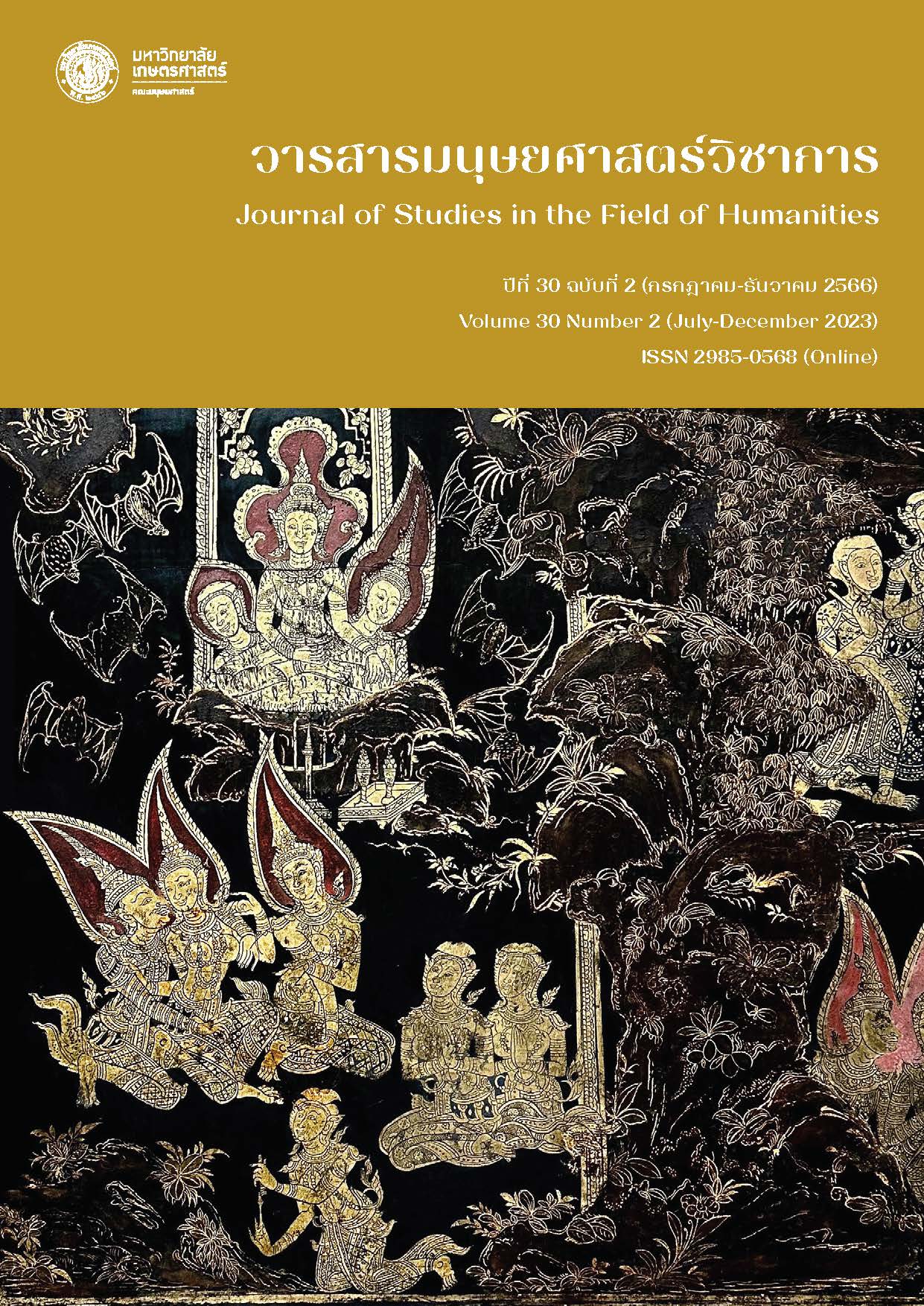Image of French Woman in the Poem “Pour Emma Payelleville L’infirmière” of Léopold Sédar Senghor
Main Article Content
Abstract
The article is a study of the poetry “Pour Emma Payelleville L'infirmière” by Léopold Sédar Senghor, focusing on the poet’s portrayal of a French woman based on the concept of “Mother Africa” according to the black African aesthetic to reflect the identity of black Africans, as well as to react against the colonialists during the 19th century, when France came to occupy Africa. In addition, Senghor is trying to drive “Universal Civilization” for the integration of French and African cultures. In the poetry of Senghor, there is a link between two art forms: literary and painting. The images of French women appear to be linked to the traditional ones of the African Mother as a saint woman bringing light to humanity with the power of religion, a key player in the transformational history of the human, and a solid foundation of society.
Article Details

This work is licensed under a Creative Commons Attribution-NonCommercial-NoDerivatives 4.0 International License.
References
ศิริวิจิตร ปานตระกูล. (2558). สุนทรียะสตรีผิวดำ: “จาก “แม่อัฟริกา” ถึงแนวคิด “สภาวะการเป็นคนดำ” ของ เลโอปอลด์ เซดาร์ ซ็องกอร์. วารสารวรรณคดีเปรียบเทียบ, 4(1), 128-145.
ศิริวิจิตร ปานตระกูล. (2560). แนวคิดเรื่อง “แม่แอฟริกา” กับสตรีเซเนกัลในผลงานของอุสมาน ซองแบน (วิทยานิพนธ์ดุษฎีบัณฑิต สาขาวิชาวรรณคดีและวรรณคดีเปรียบเทียบ). จุฬาลงกรณ์มหาวิทยาลัย, กรุงเทพฯ.
Ad Lucem. (2020). Laïcat missionnaire. Retrieved June 20, 2020, from https://louisthomasachille.com.
Amadiume, I. (1987). Male Daughters, Female Husbands. London: Zed Books.
Brunel, P. (2007). Poésie Complète. Paris: Planète libre.
Denoël, C. (2008). Les Tricoteuses Pendant la Révolution Française. Retrieved April 1, 2021, from https://histoire-image.org/fr/etudes/tricoteuses-revolution-francaise.
Diop, A. (1979). Nations Nègre et Culture. Paris: Présence Africain.
Houeto, C. (1972). La femme, source de vie dans l’Afrique traditionnelle. In La civilisation de la femme dans la tradition africaine (pp. 51-66). Paris: Présence Africaine.
Ibáñez, M. C. (2009). Tradition Et Littérature Orale en Afrique Noire. Paris: L’Harmattan.
Lüsebrink, H. J. (1993). (Métissage). Contours et enjeux d’un concept carrefour dans l’aire francophone. Études littéraires, 25(3), 93-106.
Senghor, L.P. (1964). Liberté I. Paris: Seuil.
Senghor, L.P. (1956, September 19-22). The spirit of civilisation, or the laws of African negro culture. In The 1st International Conference of Negro Writers and Artists (pp. 50-64). Paris: Présence Africaine.
Sorel, J., Gomis, P. G. (2004). Femmes de l’ombre § Grandes Royales. Paris: Présence Africaine.
Sow, S. (1972). Le Matriarcat : preuve historique de l’importance sociale de la femme et de son rôle dynamique dans la société africaine traditionnelle., In La civilisation de la femme dans la tradition africaine (pp. 337-355). Paris: Présence Africaine.
Tillier, B. (2016). Le Mythe de la pétroleuse. Retrieved April 1, 2021, from https://histoire-eimage.org/de/etudes/mythe-petroleuse.
Vetinde, L. J, Fofana, A. T. (2014). Ousmane Sembene and the Politics of Culture. Lanham: Lexington Books.


